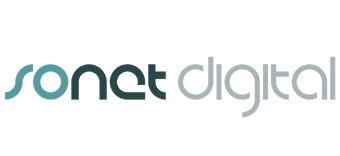
Multimedia Usage in Web Development
An area of considerable concern is use of multimedia elements. With the emergence of Flash from Macromedia a new industry was spawned. Flash offers interactive streaming graphics, animation and sound which, although cleverly optimised, still presents users with issues of download time, processor hogging and, for the weak-sighted or blind, accessibility problems. Further, until recently, there were limited ways by which the Flash object could be comfortably inserted into a standards-compliant page.
Adobe Flash
Complete websites have been and still are constructed in Flash but the technology does not lend itself easily to discovery in the search engines and it is only in the latest incarnation that serious efforts have been made to accommodate web surfers with visual or other impairments. The technology is also neither endorsed nor supported by W3C and is further hindered in that it requires viewers to have the Flash player installed on their PCs. Many users block such software.
Flash is not the only multimedia software available to developers but it is by far the more popular, especially for creation of web advertisements. JavaScript, Java applets and now Ajax applications all contribute to the growing number of interactive multimedia applications now available to the developer, few of which are not dependant on locally loaded extensions or have features which assist impaired web users.
Website visitor feedback
Visitor feedback is a frequent, almost mandatory, website requirement. At the simplest level it will involve the creation of email response links which, once selected by mouse, keyboard or other trigger, will invoke the user’s email client. More often and for instances where email may be disabled on the local PC, it is often better to provide a form which users can populate then submit to a CGI (Common Gateway Interface) program on the web server. Such feedback may not be restricted to user queries but could be a questionnaire or competition where the format of the response must be controlled and/or validated upon receipt.
A working knowledge of a server-side technology such as ASP, PHP, Perl or other language is usually required although there exist a number of ready made scripts on the Web which will meet the more generic requirements of a user enquiry form. Of course, the web server must have the respective technologies installed and enabled but most will offer at least one of the three cited.
